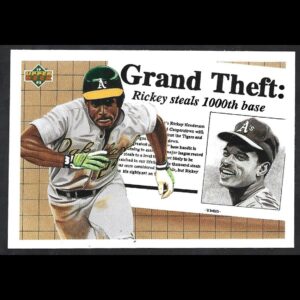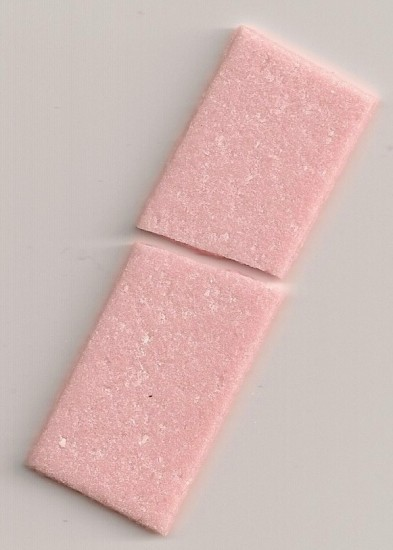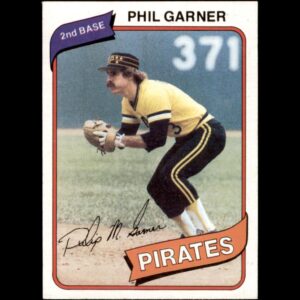
May 1, 1992 – Rickey Henderson Swipes His 1000th Base
Some records are made to never be broken. Rickey Henderson picked up his 1000th stolen base on May 1, 1992, exactly a year to the

Bubble gum and baseball cards have a long-standing connection that dates back to the early 20th century. The combination of gum and baseball cards became particularly popular in the United States, intertwining two beloved pastimes into a single package. However, the dispute between Topps, Donruss, and Fleer over gum and licenses in 1981 marked a significant turning point in the baseball card industry.
The tradition of including bubble gum with baseball cards began in the 1930s when Goudey Gum Company started inserting a stick of gum into packs of their baseball cards. This innovative pairing became immensely popular among young collectors, creating a symbiotic relationship between gum and baseball cards. Over the years, other gum companies, such as Bowman and Leaf, also started producing baseball cards with gum.
The gum served as a bonus item, often packaged with a small number of baseball cards. It was usually a flat rectangular piece, individually wrapped in wax paper, and included in the card packs. The chewing gum was seen as an inexpensive treat and added an element of excitement to the card-collecting experience.
Topps Chewing Gum Inc., founded in 1938, emerged as a major player in the baseball card industry. Topps dominated the market, securing exclusive licensing agreements with Major League Baseball (MLB) and the Major League Baseball Players Association (MLBPA). This gave Topps the exclusive right to use official team logos, player images, and statistics on their cards.
In 1981, a significant dispute arose between three major baseball card manufacturers: Topps, Donruss, and Fleer. Up until that point, Topps held a virtual monopoly on baseball card production, thanks to exclusive licensing agreements with Major League Baseball (MLB) and the Major League Baseball Players Association (MLBPA). Topps was the only company permitted to feature team logos and player images on their cards.
However, Donruss and Fleer challenged Topps’ monopoly in 1981 by producing their own sets of baseball cards. Both companies secured licenses from the MLBPA to use player images and names on their cards. This marked the first time in decades that Topps faced legitimate competition in the baseball card market.
The dispute over gum arose from a stipulation in Topps’ licensing agreement that required the inclusion of a piece of gum in each pack of cards they produced. Donruss and Fleer, who were eager to break into the market, were unwilling to include gum with their cards. They argued that the gum stained and damaged the cards, reducing their overall value.
Donruss and Fleer filed lawsuits against Topps, claiming that the gum requirement was anti-competitive and that it violated federal antitrust laws. The legal battle dragged on for several years, but Donruss and Fleer quickly established themselves as major competitors in the baseball card market in the 1980s.
Ultimately, the dispute over gum and licenses had a significant impact on the baseball card industry. It opened the door for increased competition and innovation in card design and production. Topps, in response to the changing landscape, eventually abandoned the inclusion of gum in its packs and focused more on the quality and design of its cards.
The legal disputes and changing market dynamics in the early 1980s paved the way for a more diverse baseball card market, with multiple manufacturers vying for collectors’ attention. Over time, other companies such as Upper Deck, Score, and Pacific entered the market, further diversifying the options available to collectors. Today, the baseball card industry continues to thrive, although the inclusion of gum with cards has become a rarity in modern packs.

Some records are made to never be broken. Rickey Henderson picked up his 1000th stolen base on May 1, 1992, exactly a year to the

Today we salute Phil Garner, who turns 75. Despite a 16-year playing career from 1973 to 1988, we have no memory of his playing days –